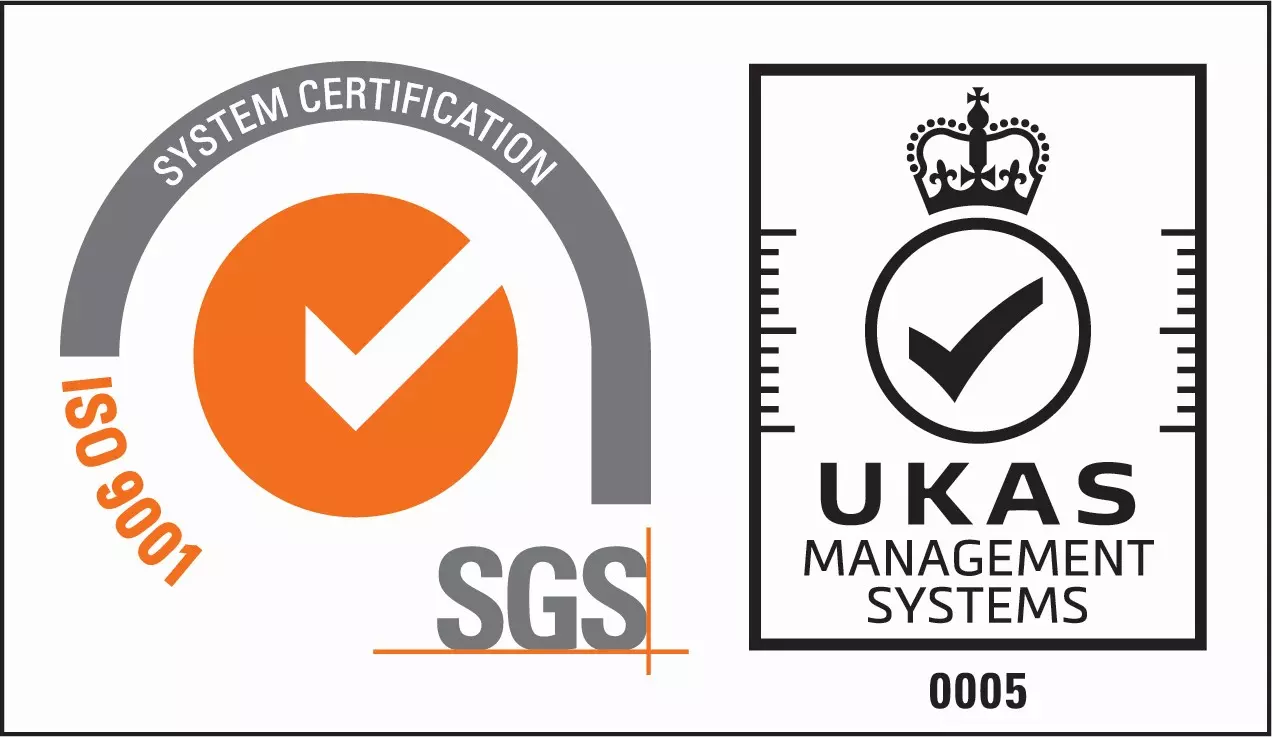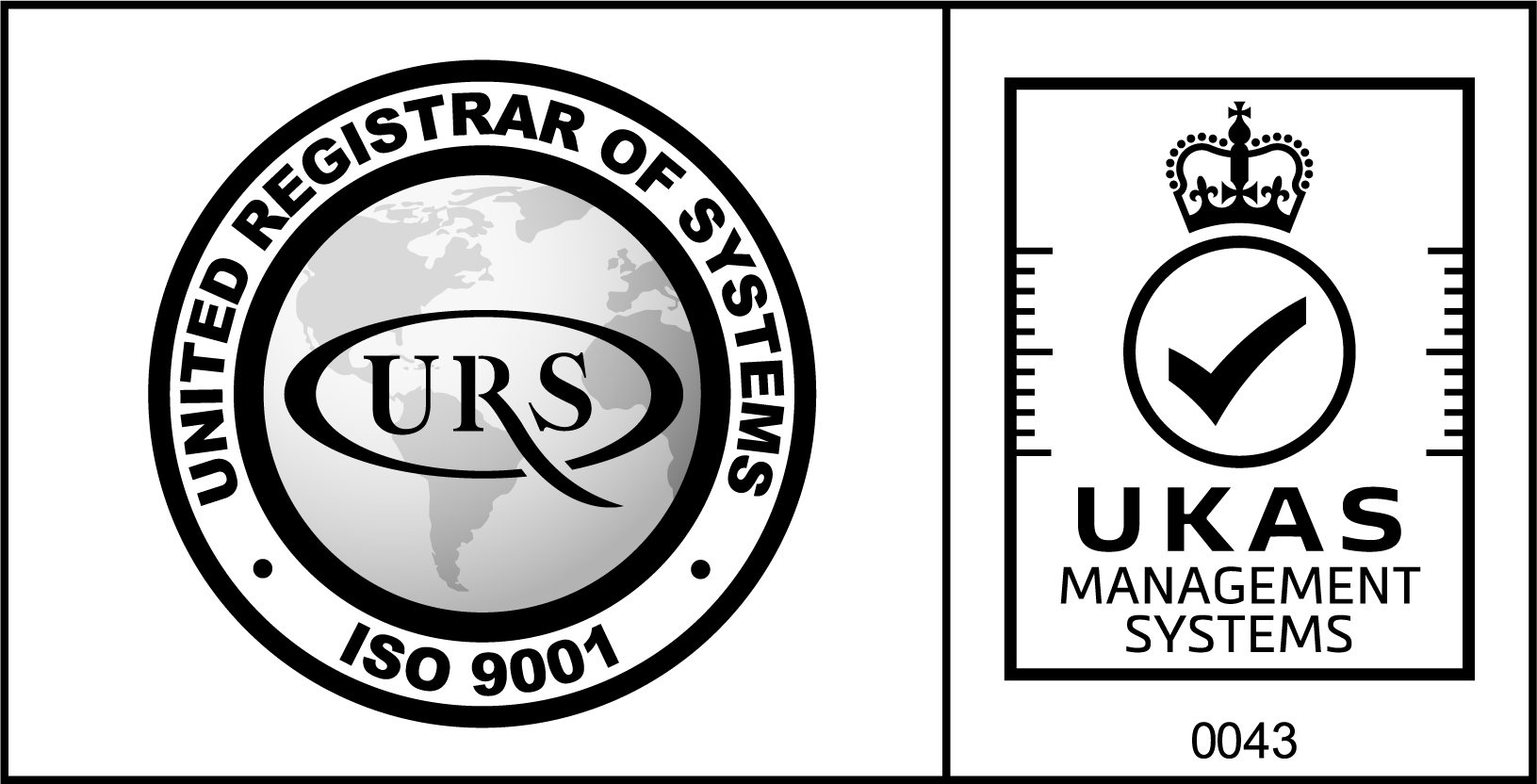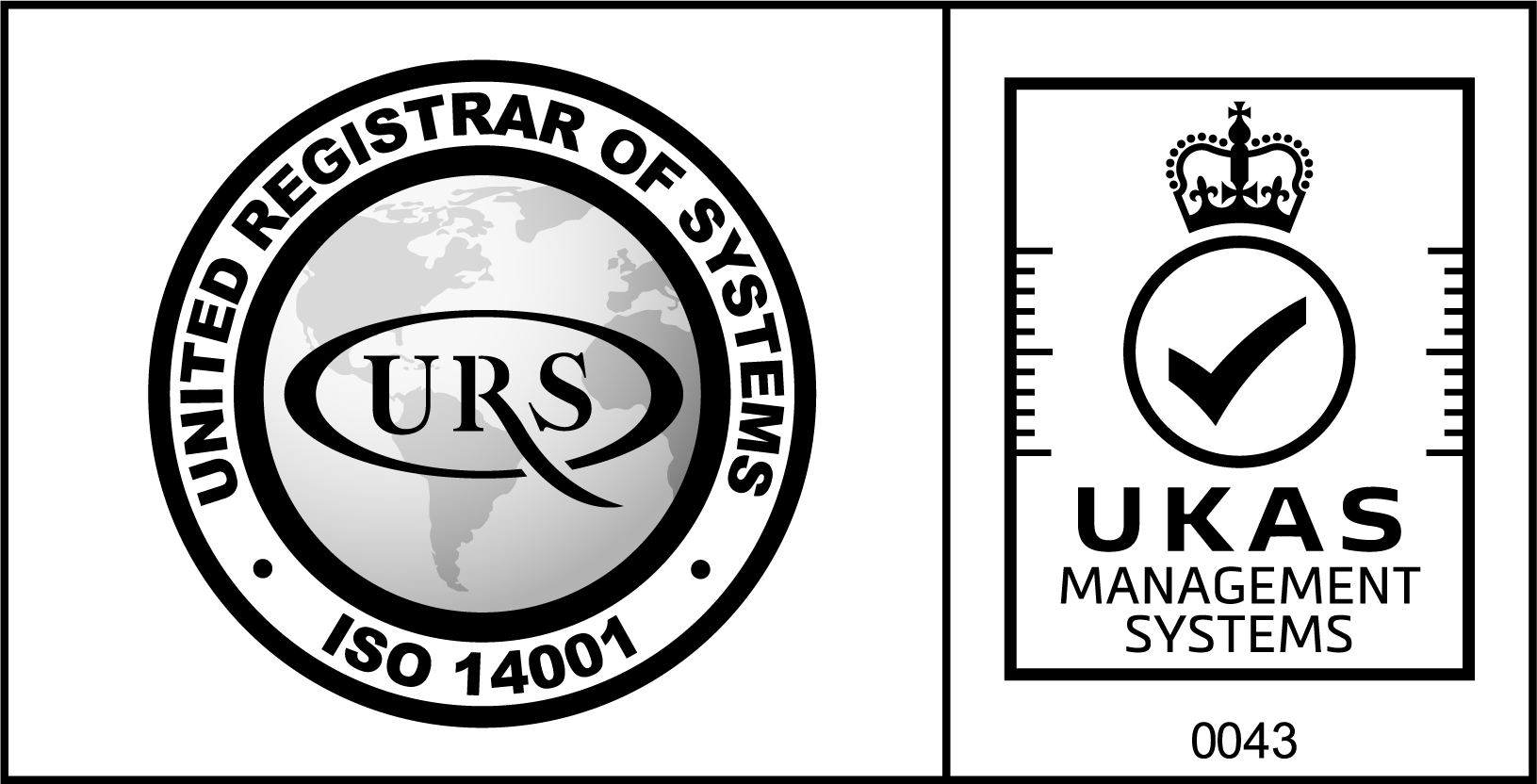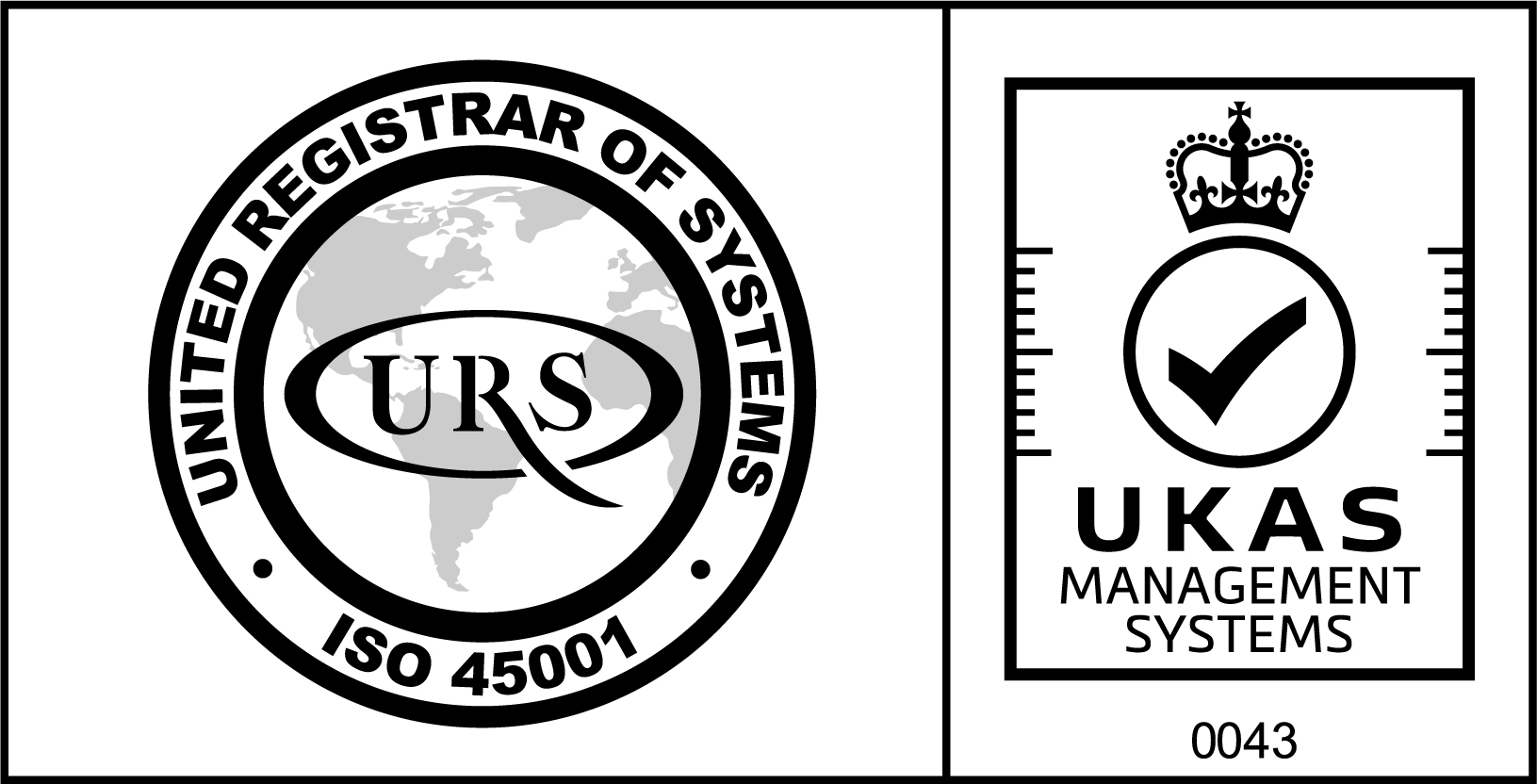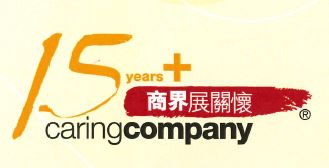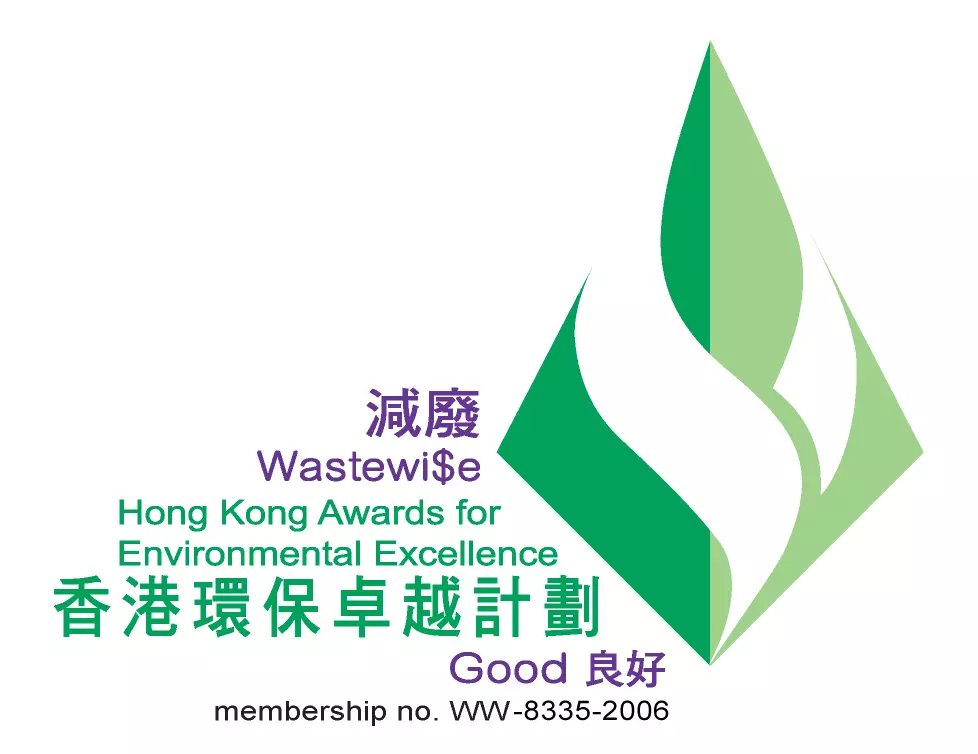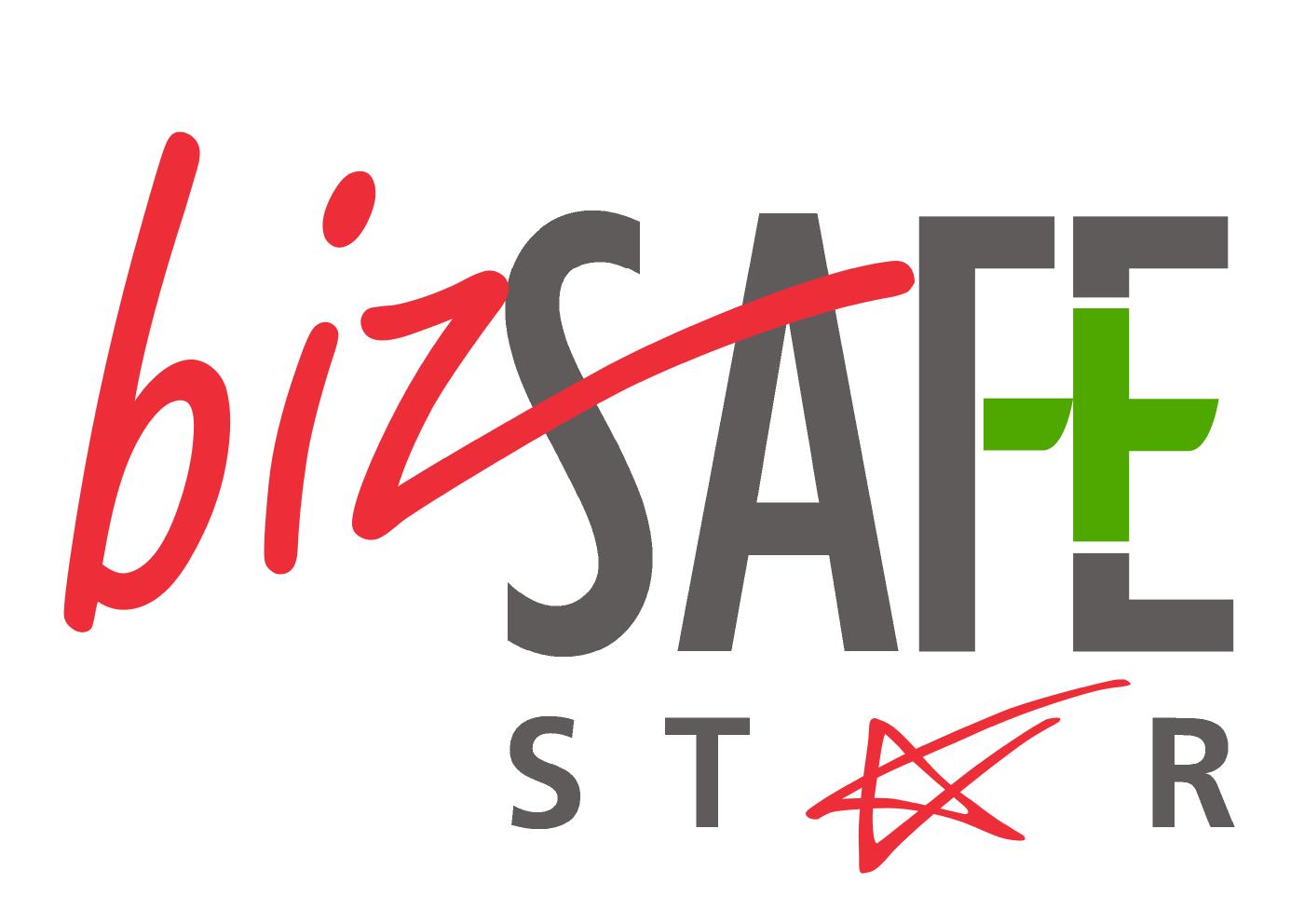What is Power Usage Effectiveness? Understanding PUE Definition, Certification, and Calculation Methods
Power Usage Effectiveness (PUE) is a widely adopted energy efficiency metric for data centers. Understanding PUE’s definition, certification, and calculation methods enables enterprises to effectively evaluate and enhance their infrastructure performance, serving as a crucial step toward achieving sustainability and ESG goals.
What is PUE? Understanding the Definition of PUE
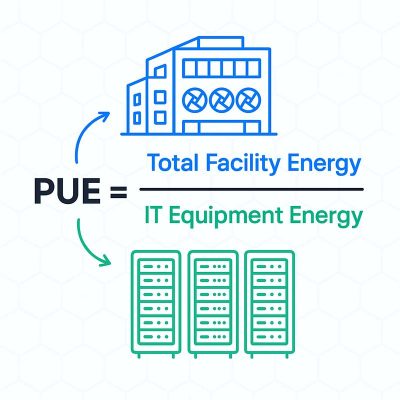
In the field of data center operations and energy management, Power Usage Effectiveness (PUE) stands as one of the most widely adopted metrics. As defined by PUE, this indicator primarily measures how much energy a data center actually allocates to IT equipment—including servers, storage, and networking devices—relative to energy expended on non-IT equipment such as lighting. A lower PUE value indicates that energy usage is more concentrated on core computing, signifying higher overall energy efficiency for the data center.
The concept of PUE was introduced by the international non-profit organization The Green Grid in 2007 and quickly became a global industry standard. It is widely applied in corporate energy audits, green building ratings, and ESG (Environmental, Social, and Governance) strategy planning. Many enterprises and data center operators use PUE as a benchmark for energy conservation goals, optimizing energy efficiency through improved cooling technologies, smart facility management systems, or AI-driven resource allocation methods.
Understanding the definition of PUE helps businesses grasp their energy usage structure and provides a reference for future sustainability decision-making.
Core Features and Certification Mechanism of PUE
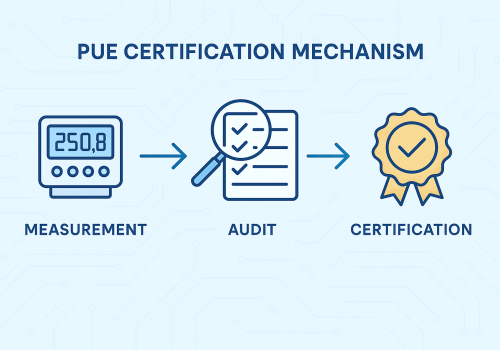
The defining feature of PUE lies in its ability to reflect the energy efficiency of an entire data center through a single metric—concise and highly valuable. This indicator not only reveals the proportion of IT equipment energy consumption relative to total energy usage but also serves as a basis for evaluating facility operational efficiency. It helps enterprises identify issues such as overcooling, energy waste, or improper equipment configuration.
The U.S. LEED (Leadership in Energy and Environmental Design) and Hong Kong’s BEAM Plus (Building Environmental Assessment Method Plus) are authoritative certification mechanisms for sustainable building performance. These standards encompass not only architectural design and materials but also emphasize energy management, cooling efficiency, and carbon footprint control. PUE performance is a core scoring metric and a primary basis for determining whether a building qualifies for PUE certification.
Newtech has successfully achieved BEAM Plus and LEED Platinum certifications across multiple projects, fully demonstrating its leading capabilities in environmentally friendly construction, intelligent facility planning, and energy management. These achievements not only validate our technical expertise but also embody the company’s long-term commitment to sustainable development.
For enterprises pursuing ESG compliance and green transformation, optimizing PUE metrics and securing international and PUE certifications represent more than technical upgrades—they demonstrate accountability to investors, customers, and society. The Newtech team continues to empower clients with high-efficiency facilities, AI-driven operations, and advanced cooling technologies. This enables enhanced energy efficiency, low-carbon data center operations, and strengthened content and credibility in ESG reporting.
Why is PUE important?
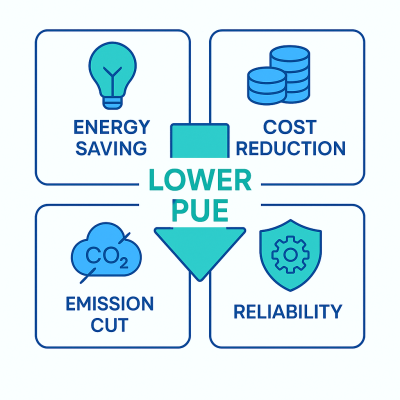
In the design and operation of data centers, PUE is not only a technical metric but also one of the core indicators for energy management and sustainable development. Through clear PUE values and internationally recognized PUE certification, enterprises can gain a comprehensive understanding of their energy usage structure and identify potential optimization opportunities, delivering multifaceted benefits:
Optimizing Energy Usage
By analyzing PUE data, enterprises can identify areas of energy waste—such as overcooling, unnecessary power conversion, or inefficient equipment—and adjust system configurations and management strategies accordingly. This ensures more electricity is directed toward core IT equipment.
Reduce Operational Costs
Energy expenditure constitutes a significant portion of data center total costs. By improving PUE metrics and enhancing facility efficiency, organizations can substantially reduce unnecessary electricity expenses and boost overall resource utilization efficiency.
Effectively Implementing ESG and Environmental Protection
A lower PUE value indicates less energy waste, thereby reducing carbon emissions and overall environmental footprint. This holds high strategic value for enterprises seeking green building certifications like LEED or BEAM Plus, or those required to disclose sustainability performance to investors.
As market demands for ESG compliance and energy conservation intensify, PUE certification has become a crucial credential for data centers to demonstrate energy efficiency and environmental commitment. Companies that effectively manage and improve their PUE performance not only strengthen their brand image but also gain a competitive edge in the global green transition.
How to Obtain PUE Certification? Understanding PUE Levels and Certification Standards
Although PUE is an indicator proposed by the international non-profit organization The Green Grid, which does not itself provide independent official certification, enterprises can indirectly obtain PUE-related or third-party verification by participating in multiple international standards and certification systems. This allows them to demonstrate the energy efficiency and environmental performance of their data centers. The following are the primary methods for obtaining certifications related to PUE data:
Third-Party Audit and Verification Reports
Enterprises may engage independent certification bodies to audit and conduct on-site verification of their PUE data, ensuring data authenticity and reliability. Such reports can be incorporated into ESG annual reports or serve as documentation demonstrating energy efficiency to clients.
Green Building Certification Systems
PUE serves as an evaluation parameter within multiple international certification systems, including:
- LEED Certification: PUE impacts scoring in the “Energy and Atmosphere” category
- BEAM Plus: PUE values directly influence energy efficiency and system design ratings
- ISO 50001 (Energy Management System): Organizations implementing this system must monitor and continuously improve PUE
According to international standards, PUE ratings reflect a data center’s energy efficiency performance, holding significant importance for enterprises pursuing sustainable development and enhancing ESG performance. A PUE value closer to 1 indicates that energy is more concentrated on IT equipment itself.
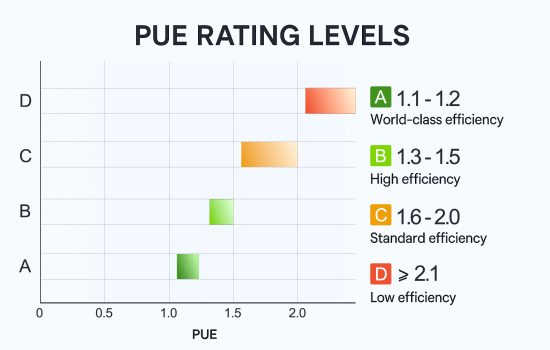
| PUE Value Range | Description |
|---|---|
| 1.1-1.2 | World Class Efficiency |
| 1.3-1.5 | High-Efficiency Data Center |
| 1.6-2.0 | Average Commercial Efficiency |
| ≥2.1 | Low Efficiency, With Room for Improvement |
Achieving a favorable PUE rating not only signifies superior equipment performance but is also frequently linked to third-party energy efficiency certifications or green building ratings. This serves as a compelling basis for enterprises to apply for green financing, enhance brand credibility, and prepare ESG reports. By continuously optimizing facility configurations, implementing liquid cooling systems, and deploying AI-powered management platforms, companies can steadily advance their PUE efficiency and progress toward obtaining internationally recognized PUE certification standards.
Understanding PUE Calculation Methods Optimizing PUE Data Center Performance
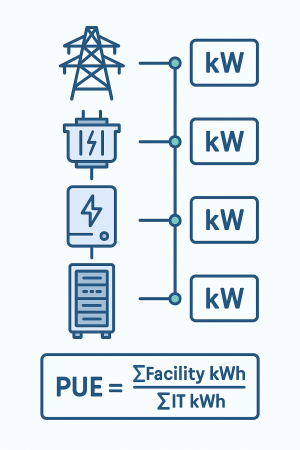
The PUE calculation method involves dividing the total electricity consumption of a data center by the actual power consumption of IT equipment. This ratio enables operators to better understand energy flow and loss, thereby identifying potential issues such as inefficient cooling, improper power conversion processes, or excessive power usage by non-IT equipment.
For example, if a data center consumes 1,000,000 kilowatt-hours (kWh) of electricity, with IT equipment accounting for 800,000 kWh, the PUE value is calculated as: PUE = 1,000,000 kWh / 800,000 kWh = 1.25
Maintaining a PUE below 1.2 not only reduces operational costs but also facilitates obtaining international green certifications like LEED, BEAM Plus, or ISO 50001, while enhancing the credibility and transparency of ESG reporting. By accurately applying PUE calculations, enterprises can develop targeted energy-saving strategies, improve system efficiency, and achieve performance-driven sustainable operations.
Building Future-Ready Energy Efficiency for Enterprise Data Centers Newtech Helps You Achieve Low-Carbon Operations
In the AI era and ESG-driven new normal, data center energy management is no longer merely a cost issue but a core indicator of corporate competitiveness and sustainability credentials. PUE performance not only tangibly reflects a data center’s energy efficiency but also serves as vital proof for obtaining LEED and BEAM Plus certifications, enhancing ESG reporting disclosures, and attracting green financing.
Leveraging years of hands-on experience in smart infrastructure, Newtech has successfully achieved dual LEED Platinum and BEAM Plus Platinum certifications across multiple projects, demonstrating our technological leadership in high-efficiency energy design and sustainable operations. Our Liquid Cooling Solution effectively reduces cooling energy consumption while increasing server density; Our intelligent facility management platform provides real-time monitoring of energy and environmental parameters, enabling precise energy control within data centers. Furthermore, our AI-driven operational system optimizes resource allocation, helping enterprises achieve PUE targets of 1.2 or lower.
Whether you are deploying a new low-PUE data center or seeking to optimize the energy efficiency of existing facilities, Newtech delivers integrated, high-efficiency solutions. Our team possesses deep expertise in PUE definitions, certifications, and calculation methodologies. Combined with hands-on experience in managing PUE, we help clients comprehensively enhance energy efficiency and system stability. Contact us today to learn how technological innovation and strategic deployment can help you gain a competitive edge in green transformation and data center performance management.

